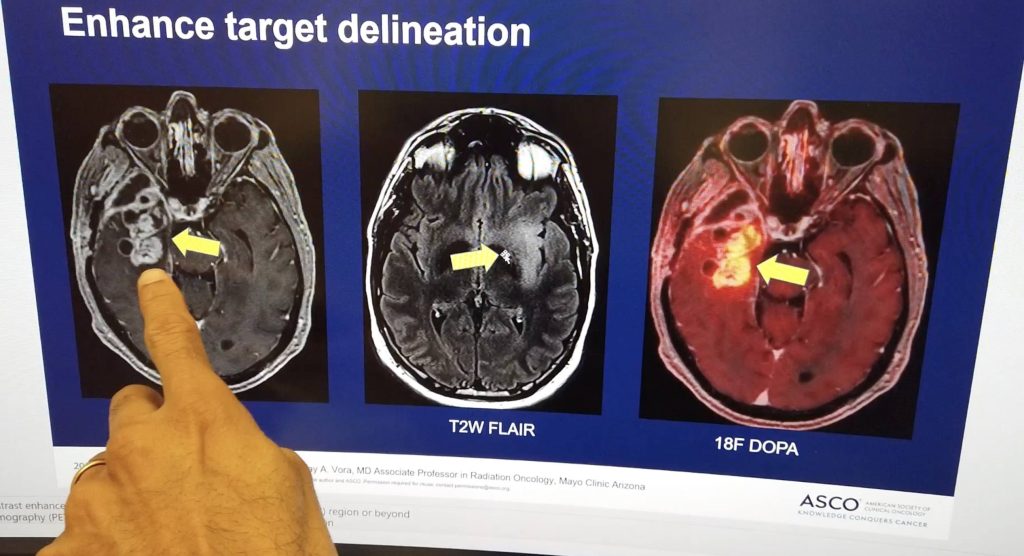
Mayo Clinic researchers have announced promising results from a groundbreaking study on glioblastoma – the most common and aggressive form of primary brain cancer. The disease affects approximately 14,500 individuals annually in the U.S. and is notoriously difficult to treat. Published in The Lancet Oncology the study focused on a novel approach using short-course hypofractionated proton beam therapy combined with advanced imaging techniques.
Led by Sujay Vora, M.D., a radiation oncologist at Mayo Clinic, the phase 2, single-arm study targeted patients aged 65 and older with newly diagnosed World Health Organization (WHO) grade 4 glioblastoma. The findings revealed that 56% of participants survived beyond 12 months, with a median survival of 13.1 months. This marks a significant improvement compared to prior studies, where survival rates were between six to nine months. Patients with tumors exhibiting favorable genetics achieved a median survival of 22 months.
"This study demonstrates the potential of advanced imaging and precision proton beam therapy to extend survival while maintaining quality of life," said Dr. Vora. "The results are truly exciting, offering new hope for older patients with glioblastoma."
Traditional glioblastoma treatments often involve standard radiation therapy, which can damage healthy brain tissue. Mayo Clinic’s innovative approach uses proton beam therapy, a precise, nonsurgical radiation technique that minimizes harm to surrounding tissue. Advanced imaging technologies, including 18F-DOPA PET and contrast-enhanced MRI, enabled researchers to target the most aggressive regions of the tumor effectively.
One of the participants, Richard Casper, lived nearly two years longer than expected, giving his family cherished time to create lasting memories. Another participant, Nadya El-Afandi, has shown no signs of recurrence 15 months post-treatment. "Every day is the best day," said El-Afandi, who is back to living an active life, including a recent trip to Hawaii.
The trial, known as SAGA (Stereotactic Ablative Radiation Treatment for Glioblastoma), is now expanding to include additional patients from Mayo Clinic’s locations in Arizona, Florida, and Minnesota. William Breen, M.D., principal investigator, highlighted the study’s mission: "Our goal is to transform glioblastoma treatment, reducing the burden on patients and families while improving outcomes."
With a larger randomized clinical trial underway, the Mayo Clinic team remains optimistic about reshaping the future of glioblastoma care.
 Connect
Connect
 Connect
Connect